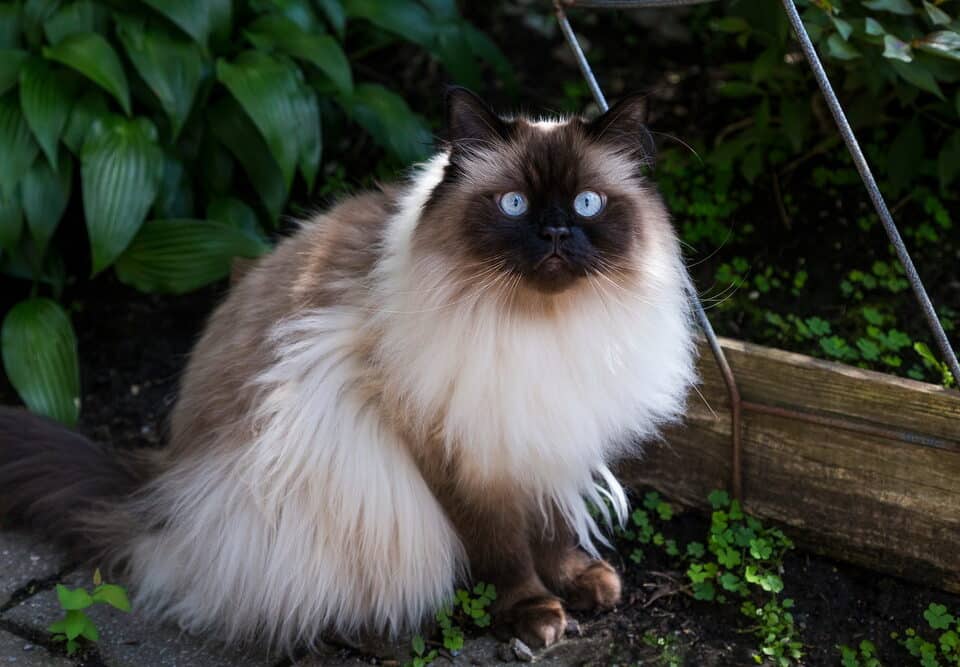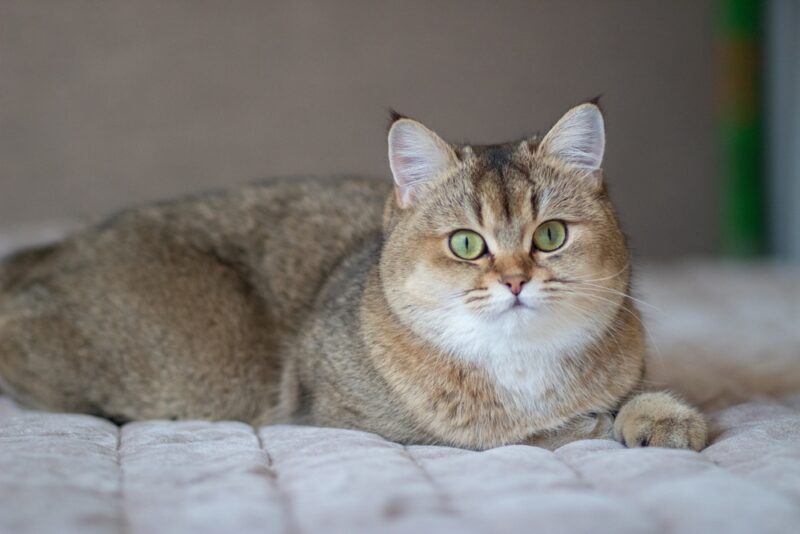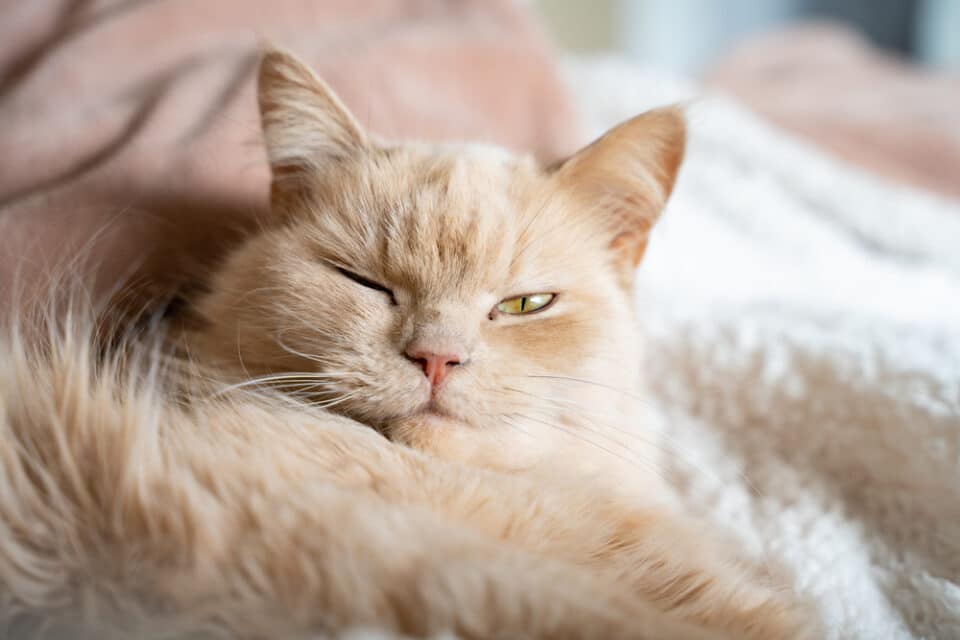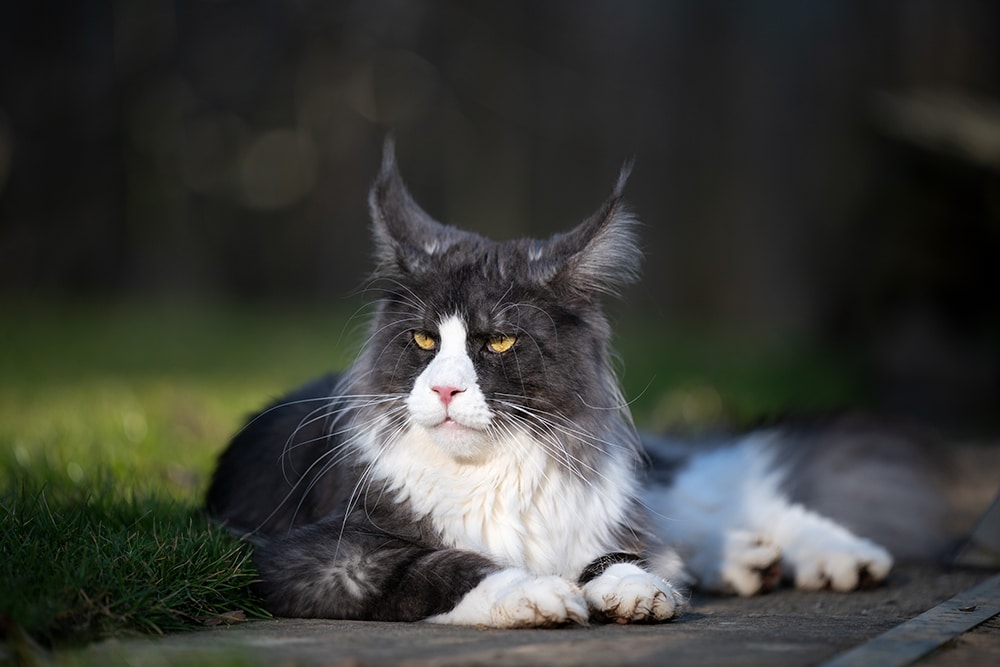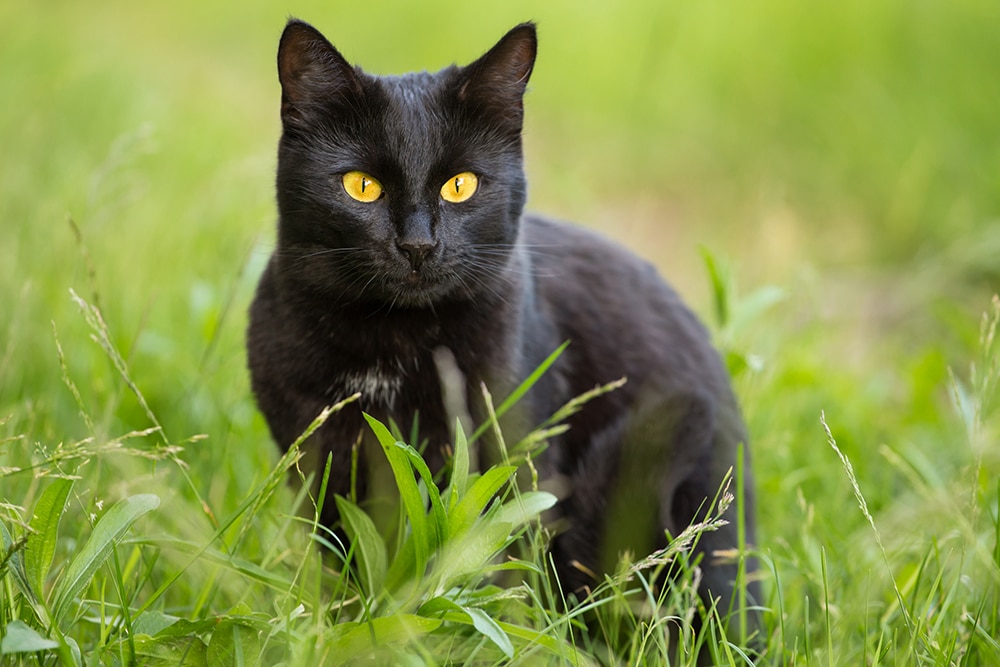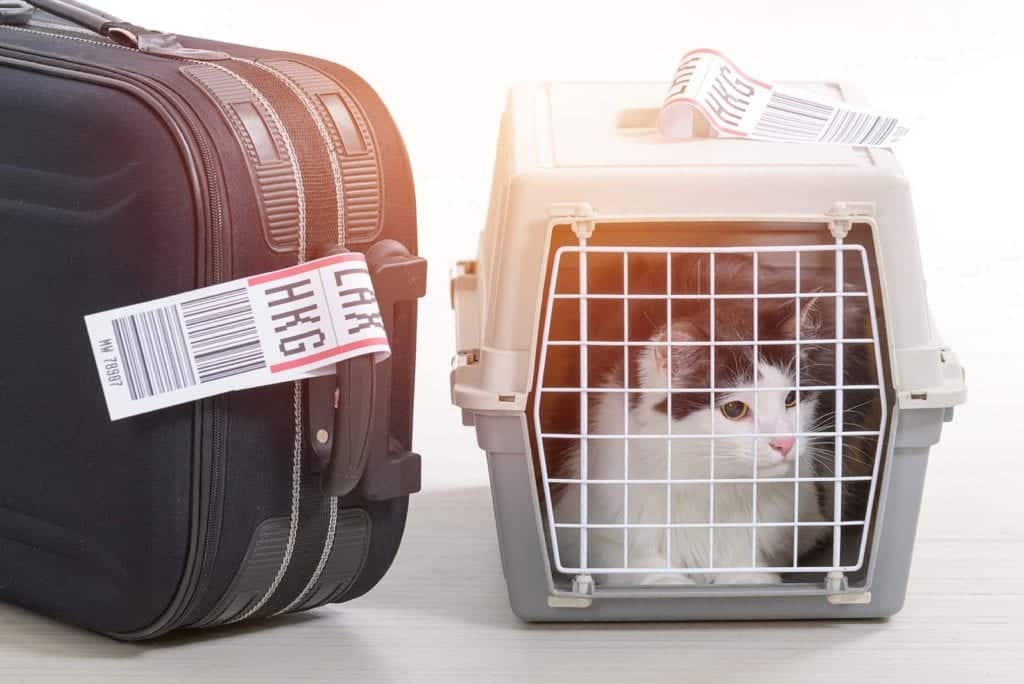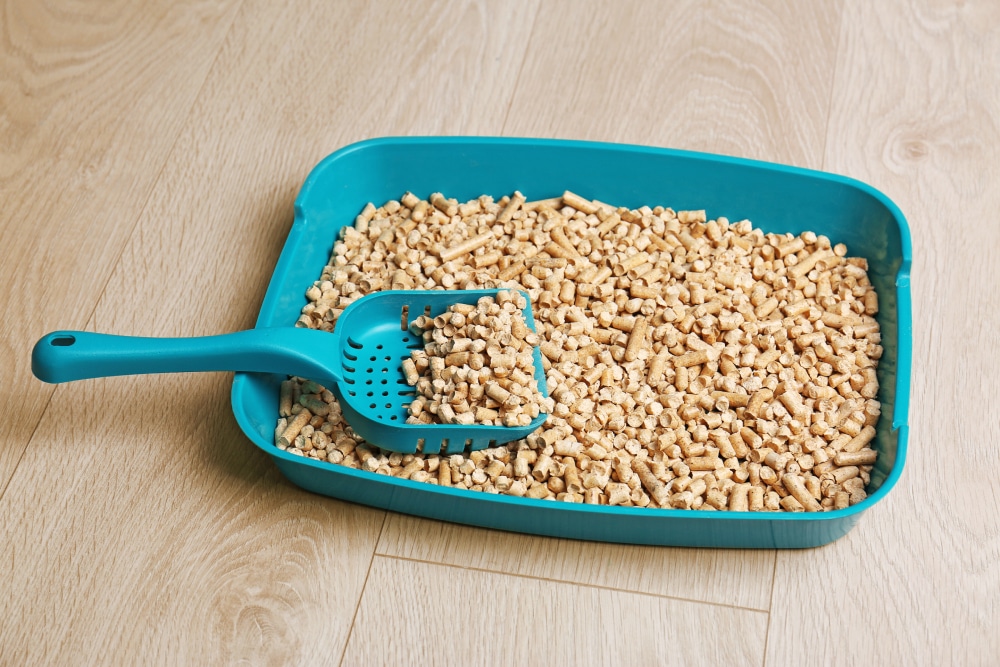The Himalayan cat, known for its stunning blue eyes and affectionate nature, is perfect for families and seniors alike.
- These cats stand out with their Persian-like smooshed faces and Siamese-inspired color points, blending the best traits of both breeds.
- Despite their regal appearance, Himalayans are laidback and playful, easily fitting into quieter households with older children.
- Owners should be prepared for a bit of grooming, as these cats boast long, luxurious coats that require daily care.
- While Himalayans are lovable companions, potential owners must consider possible genetic health issues and take preventive steps.
The Himalayan cat is a fan-favorite across the globe, thanks to its striking blue eyes and irresistible charm. Known for snuggling and sitting on laps, they make excellent companions, especially for families and seniors who enjoy a quieter home environment. This breed comes in colors like white or cream with deep shadows in chocolate, seal, lilac, or blue, giving them an eye-catching appearance.
Imagine the fluffiness of a Persian mixed with the striking hues of a Siamese. That’s your Himalayan cat—a perfect blend, featuring a distinct smooshed face and unique color palette. They might not be as hyper as Siamese but are certainly more active than Persians, making them a delightful balance of playfulness and calm.
Himalayans are naturally friendly and intelligent, although they might not always be eager learners. Training them can be quite a task unless they’re in the mood for some tricks. They adapt well to calm environments and might get overwhelmed with too much noise or activity, so thinking of them as social butterflies would be quite accurate. Daily love and attention are non-negotiable for these furry friends.
Owning a Himalayan requires dedication to grooming. Their double coats need daily brushing to avoid mats, and they benefit from regular baths. The flat-faced characteristic of the breed can lead to tear staining, calling for routine eye cleaning. Besides, keeping a check on their teeth and ears is crucial since they can be prone to dental diseases and ear issues.
Though Himalayans are generally robust, they do have some health concerns. It’s prudent to seek kittens from breeders who perform genetic health screenings. Conditions like brachycephalic airway syndrome and polycystic kidney disease are among the more serious issues you may encounter, necessitating regular vet check-ups and proactive care.
Caring for a Himalayan means understanding their need for a balanced diet and regular playtime. They might not be the jumping kind, yet they cherish interactive games and toys that get them moving with their human family. Puzzle toys and teasers are great options to keep them physically and mentally stimulated.
Himalayan cats offer a perfect mix of beauty, intelligence, and affection, but they come with grooming demands and potential health issues.
